Sep 27, 2025
Automatic Gate Service: Ensuring Security, Convenience, and Long-Term Reliability
Automatic gates have become a popular choice for homeowners and businesses who want to combine convenience with security. These gates not only provide easy access but also create a strong first impression for any property. However, like all systems that mix mechanical strength with electrical components, they require consistent attention. That’s why automatic gate service is essential for keeping gates safe, reliable, and fully functional.
In this article, we’ll explore why automatic gates matter, the most common issues they face, why professional service is crucial, the benefits of timely repairs, and how to select the right service provider. We’ll also share practical maintenance tips so your gate continues working smoothly for years.
Why Automatic Gates Are More Than Just an Upgrade
Automatic gates offer more than just a stylish look. They serve as a barrier against unauthorized access, giving families and businesses peace of mind. Unlike manual gates, they can be operated with remotes, sensors, or smartphone apps, making daily life easier.
They also add property value. A well-maintained automatic gate improves curb appeal while enhancing safety, making it a worthwhile investment. However, to fully enjoy these benefits, homeowners must ensure regular service and quick attention to issues.
Common Problems That Call for Automatic Gate Service
One common issue is electrical malfunction. A faulty control board, damaged wiring, or failing sensors can stop the gate from responding to commands. These problems require skilled troubleshooting, as electrical work can be complex.
Mechanical wear is also frequent. Rollers, motors, and hinges endure daily strain and may break down over time. Symptoms include slow operation, strange noises, or gates that get stuck midway. Ignoring these signs can lead to full system failure, which is more costly to repair.
Why Professional Service Should Never Be Overlooked
While some homeowners may be tempted to attempt repairs, automatic gates are complex. They combine heavy-duty parts with delicate electrical systems, and improper handling can create safety risks or worsen the problem. Professionals bring the right tools and expertise to complete repairs safely and effectively.
Moreover, trained technicians perform comprehensive inspections. Instead of just fixing the obvious issue, they look for hidden damage, ensuring the system continues to perform well. This proactive approach saves time and reduces the chances of unexpected breakdowns.
Benefits of Timely Automatic Gate Service
The most immediate benefit of timely service is enhanced security. A gate that doesn’t close properly leaves a property vulnerable. Fixing the issue quickly restores protection and peace of mind.
Another advantage is cost savings. Small repairs like adjusting sensors or lubricating moving parts are inexpensive. If ignored, however, these minor problems can escalate into full replacements. Timely service ensures the system lasts longer and performs better.
Choosing the Right Automatic Gate Service Provider
When selecting a provider, experience and professionalism are key. Look for companies with certified technicians, strong reviews, and clear warranties on both parts and labor. This ensures you receive high-quality, reliable service.
Local providers are especially valuable because they understand the unique needs of your area and can respond quickly. Many property owners rely on automatic gate service specialists who combine expertise with dependable results, giving customers long-term peace of mind.
Practical Maintenance Tips for Homeowners
While professional servicing is essential, homeowners can perform simple tasks to keep gates in good shape. Clean the tracks regularly to prevent dirt or debris from obstructing movement. This small step ensures smoother operation.
Lubricating rollers, chains, and hinges reduces friction and prolongs the lifespan of the system. Additionally, check the sensors regularly to ensure they are aligned and working correctly. Preventive care like this minimizes repair needs and keeps the system reliable.
The Future of Automatic Gates
Modern automatic gates are incorporating smart technology. Features like smartphone controls, motion detection, and solar-powered systems are becoming more common. These advancements provide greater convenience and efficiency, making them attractive to homeowners.
However, the more advanced the system, the more specialized the service required. Working with a provider experienced in both mechanical and modern smart systems ensures your gate remains dependable even as technology evolves.
Final Thoughts
Automatic gates offer unmatched convenience, safety, and style, making them a valuable addition to any property. But without regular service, they can quickly lose their reliability and efficiency.
By addressing repairs promptly, choosing professional technicians, and practicing preventive maintenance, you can keep your gate in excellent condition for years. Remember, investing in automatic gate service is about more than just fixing problems—it’s about protecting your home, improving convenience, and ensuring lasting value.
More Details